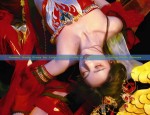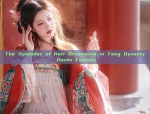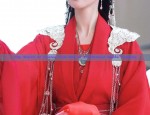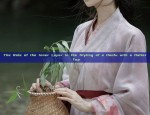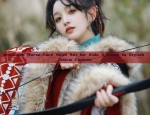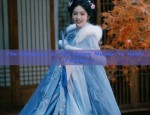The Splendor of Traditional Chinese Wedding:The Splendid Hanfu Gown and Grand Ceremony
In The heart of China, where thousands of years of history and culture flourish, wedding customs are steeped in a rich tapestry of traditions and rituals. Among these, the wedding attire and grand ceremony of the Hanfu are particularly captivating, embodying the essence of ancient Chinese culture and artistry.
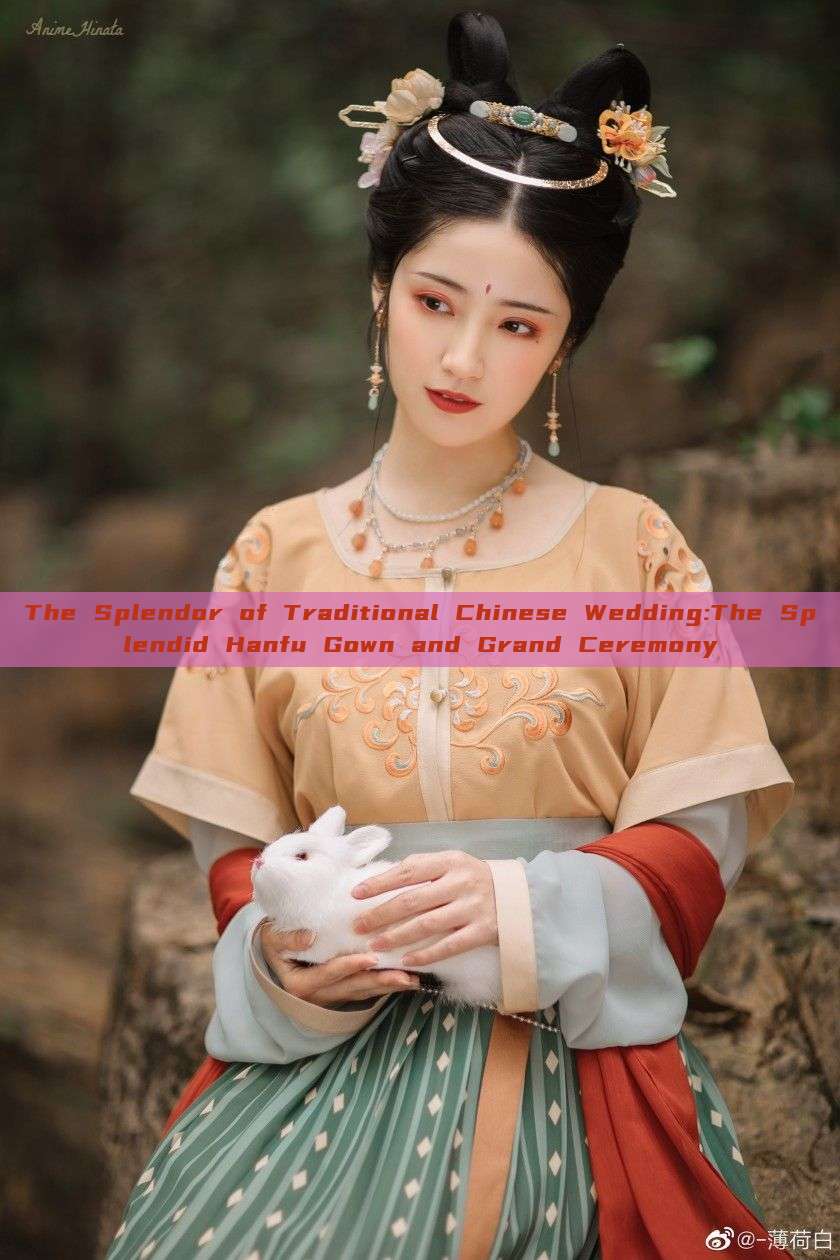
The Hanfu, a traditional Chinese clothing style, is not just a garment; it is a symbol of cultural continuity and a representation of ancient wisdom. When it comes to wedding attire, the Hanfu gown reaches its apex of elegance and opulence. Designed with intricate patterns and adorned with exquisite embroidery, it is a visual feast for the eyes. The intricate designs and patterns often symbolize good luck, prosperity, and harmony, reflecting the deep-rooted cultural values of the Chinese people.
The wedding ceremony itself is an embodiment of these values. It is a grand affair, filled with jubilant celebrations and rituals that span several days. The entire ceremony is centered around the union of two individuals in the bonds of matrimony, but it is also a homage to the ancestors and a display of respect to the elders.
The wedding procession begins with the groom's family paying a betrothal to the bride's family, a gesture that signifies the union of two families. The procession itself is a magnificent display of traditional culture, with the groom dressed in his best traditional attire, followed by an array of attendants carrying various gifts and symbols of good fortune. The bride, dressed in her exquisite Hanfu wedding gown, is accompanied by her female attendants, each carrying a symbol of good luck and prosperity.
The wedding ceremony itself is filled with rituals that are both ancient and meaningful. From the exchange of wedding vows to the tea ceremony where the couple shows respect to their elders and ancestors, every step is steeped in symbolism and tradition. The vows, often recited in front of a gathered audience, are a promise of love, loyalty, and support for each other in sickness and in health.
The banquet that follows the ceremony is a feast for all senses. The food, the music, the dance performances - all are a celebration of love and unity. The banquet is not just a meal; it is an extension of the wedding ceremony, where guests share in the joy and celebrate the new union.
The entire wedding ceremony is not just about the union of two individuals; it is also about the union of two families and a celebration of culture and tradition. The Hanfu wedding gown and the grand ceremony are not just about fashion and celebration; they are about continuity and heritage. They are about passing down the rich cultural traditions of China to the next generation.
In conclusion, the wedding in Hanfu attire and grand ceremony is not just a wedding; it is an embodiment of ancient Chinese culture and tradition. It is a celebration of love, unity, and continuity. It is a display of respect to ancestors and elders and a homage to the rich cultural heritage of China. As we witness these weddings, we are not just witnessing a union of two individuals; we are witnessing the continuation of a rich cultural legacy that dates back thousands of years.

 Previous Post
Previous Post

